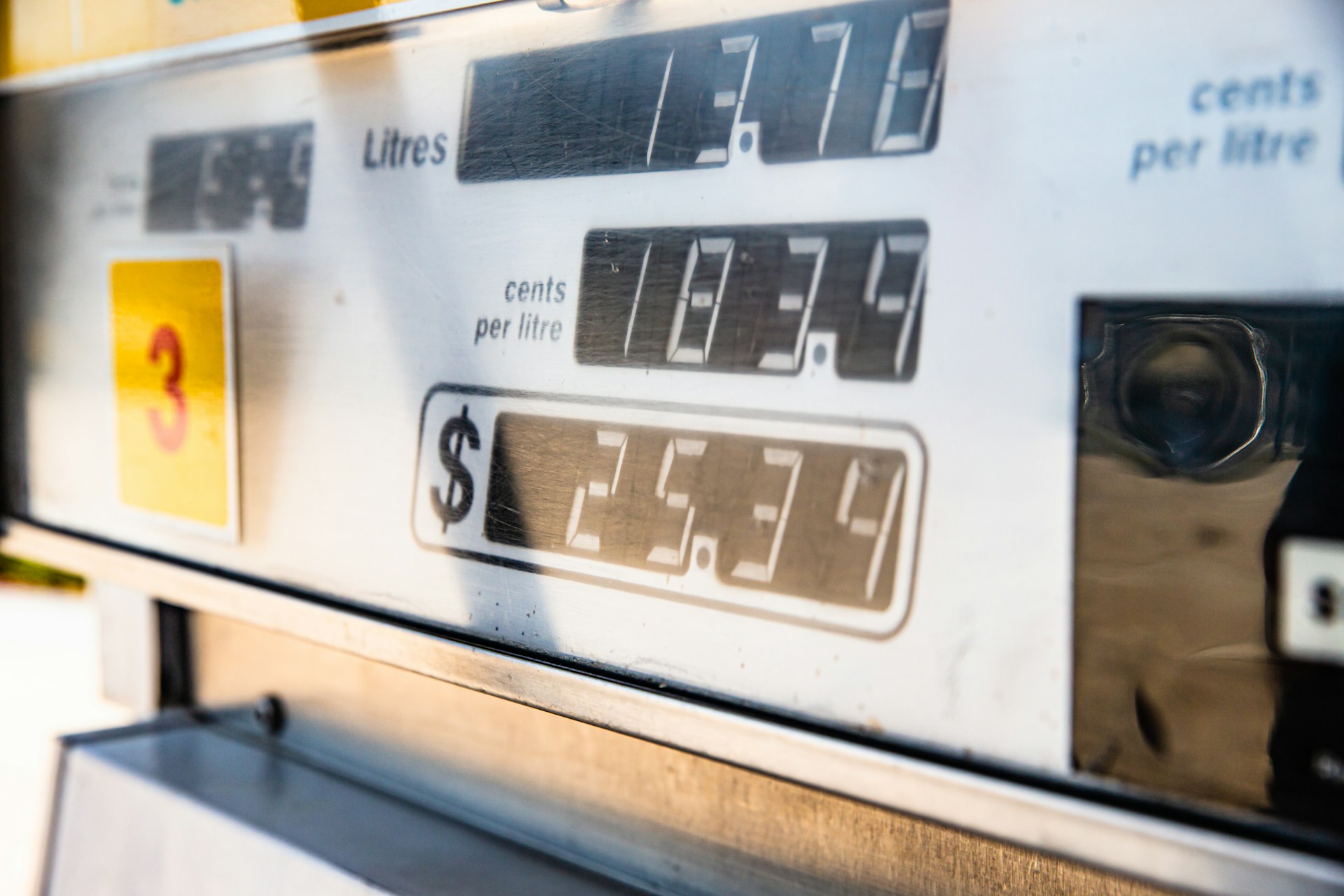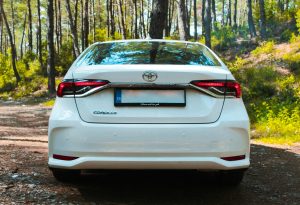
Which Petrol is More Economical: E5 or E10?
In September 2021, the UK introduced a new, more environmentally friendly petrol known as E10, which replaced the previous standard, E5, at petrol stations across Britain. E10 contains 10% renewable ethanol, an increase from the 5% found in E5, and 90% regular petrol. The switch to E10 was part of the UK’s wider goal to reduce carbon emissions and achieve net-zero targets. In November 2022, E10 was also introduced in Northern Ireland, making it the new standard across the entire UK.
The aim behind using E10 is to cut down on CO2 emissions, as ethanol is an alcohol-based fuel derived from plant materials such as sugarcane and grains. By using a higher percentage of renewable ethanol, E10 contributes to lowering the carbon footprint of vehicles. Approximately 95% of cars in the UK are compatible with E10, while the remaining 5% must still use E5, which is now classified as “super unleaded” and is a more expensive alternative.
When E10 was introduced, however, it sparked a debate about its efficiency and cost-effectiveness compared to E5. Some motorists claimed that although E10 was marginally cheaper at the pump, they found themselves refuelling more often, which raised concerns about the overall cost of running a vehicle.
The AA, a well-known motoring group, stated that fuel consumption could increase by about 1.6% when using E10, meaning drivers would need to use more fuel to travel the same distance as with E5. Research from the Environmental Protection Agency (EPA) in the US supported these concerns, showing that vehicles using E10 experienced a 3% to 4% reduction in fuel economy compared to pure petrol. In contrast, the UK government estimated this figure to be slightly lower, suggesting a reduction of only 1% to 2%.
According to the campaign group Fair Fuel UK, although E10 costs about 1p less per litre than E5, motorists could face higher overall fuel expenses because they would need to fill up their tanks more frequently. They estimated that the additional cost could be as much as £18 per month per driver.
This financial strain has prompted some drivers to switch back to E5, despite its higher price. These drivers argue that while E5 is more expensive upfront, they get more mileage for their money, making it a more economical choice in the long run.
In conclusion, while E10 is better for the environment due to its higher ethanol content, it may lead to slightly lower fuel efficiency and potentially higher costs for motorists who find themselves refuelling more frequently. For those who prioritize fuel economy and long-distance driving, E5 might still be the better option, even though it is more expensive per litre. Ultimately, the choice between E5 and E10 depends on individual driving habits and the importance placed on environmental considerations versus fuel efficiency.

















